EDUC 431 – October 10, 2019 – REFLECTION
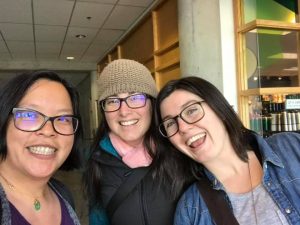
Here’s the thing… one of my “things to do” is to make photos accessible to students so that they can access the collection for their EDUC 431 e-Portfolios. They can certainly access Twitter for photos like I have for this edu-blog reflection. I’ve tweeted about today’s presentation and now I have plugged my phone into my computer. What did I learn? I take a lot of photos. It is going to take quite some time for those photos to upload. So, I decided to extract tweets from the #UNBCED feed and share what was on social media. Seems to work while my phone is held hostage tonight. BTW: it’s making very little progress… sigh.
THANK YOU CARRIE ANTONIAZZI from TechUP and Science World for coming to Prince George to provide this awesome learning opportunity for my EDUC 431 students on COMPUTATIONAL THINKING without computers. I was super excited for weeks and I was not disappointed. I loved how she spoke about DESIGN THINKING, ADST and BC’s New Curriculum, and assessment & evaluation. Wow!!! A jammed packed 1 hour and 50 minutes… and there were door prizes too!!! #winning I also appreciated that it was highlighted of the many opportunities that TechUP and Science World has to serve THE NORTH (for free). I hope some of our Teacher Candidates take advantage of these opportunities during practicum or in their future practice. They seem AMAZING and why not?
A master teacher at work. Thank you @CarrieAntoniazz from @ScienceWorldTR for coming to Prince George to talk about COMPUTATIONAL THINKING, BC’s New Curriculum, and Assessment with my #EdTech #EDUC431 class @EducationUnbc. #amazing #ADST #UNBCED #bcedchat pic.twitter.com/mvDGwUvPXY
— Dr. Christine Ho Younghusband (@ChristineYH) October 10, 2019
What captured my attention during Carrie’s presentation of COMPUTATIONAL THINKING was what are the different parts, how does each part work or looks like, and shared a video that depicts the process really well. I loved this video.
Carrie made connections of COMPUTATIONAL THINKING to the ADST (Applied Design, Skills, and Technology) Curriculum (which is required for K-12) and DESIGN THINKING and how this curriculum was intended to be integrated with other curricular areas. I really loved how these collaborative, dialogical, and interactive learning activities capture and develop the Core Competencies and how Carrie emphasized that it was the student’s responsibility to identify what those Core Competencies are and figure out how they are developing them. Most of all, I loved the idea of TRIANGULATION of data for summative assessment using written evidence (as product), observations of students, and conversations with students to support your professional decision making… and that written evidence does not have to be a test or exam. Why not use EdTech strategies?

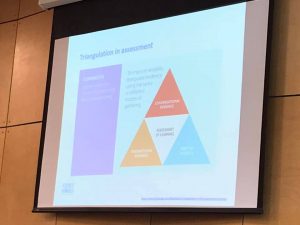
What now follows below are a series of tweets from myself and UNBC Education Twitter Handle @educationUNBC to depict how today’s presentation went. These pictures are phenomenal because we situated our learning at the UNBC Senate Chambers. THANK YOU CARRIE for being an EDU-CHAMPION. Loved today’s session on computational thinking. Lots learned… and plenty to remember. 🙂
What an incredible learning experience for our Year 2 Teacher Candidates @EducationUnbc!!! TechUp Learning Specialist from @ScienceWorldTR visits #unbced to talk about computational thinking (w/o technology). So many learning opportunities for the North. #EDUC431 #EdTech #bced pic.twitter.com/z4vtqhgunP
— UNBC Education (@EducationUnbc) October 11, 2019
Engaged learners with @CarrieAntoniazz from @ScienceWorldTR. Year 2 Teacher Candidates learning about computational thinking in the @UNBC Senate Chambers. #memorable #UNBCED #EDUC431 pic.twitter.com/FN53IptXM1
— UNBC Education (@EducationUnbc) October 11, 2019
Computational thinking with @CarrieAntoniazz from @ScienceWorldTR at #unbced #EDUC431 students / Teacher Candidates. Super fun. #bcedchat pic.twitter.com/RIRALA3P2N
— Dr. Christine Ho Younghusband (@ChristineYH) October 11, 2019
Yup. You sure did. @jordanlynh and @learningwithmse. I hope you don’t mind me posting your pic. What great friends and colleagues. #unbced https://t.co/N3XUTUgPMu pic.twitter.com/pBaL5oKHYR
— Dr. Christine Ho Younghusband (@ChristineYH) October 11, 2019
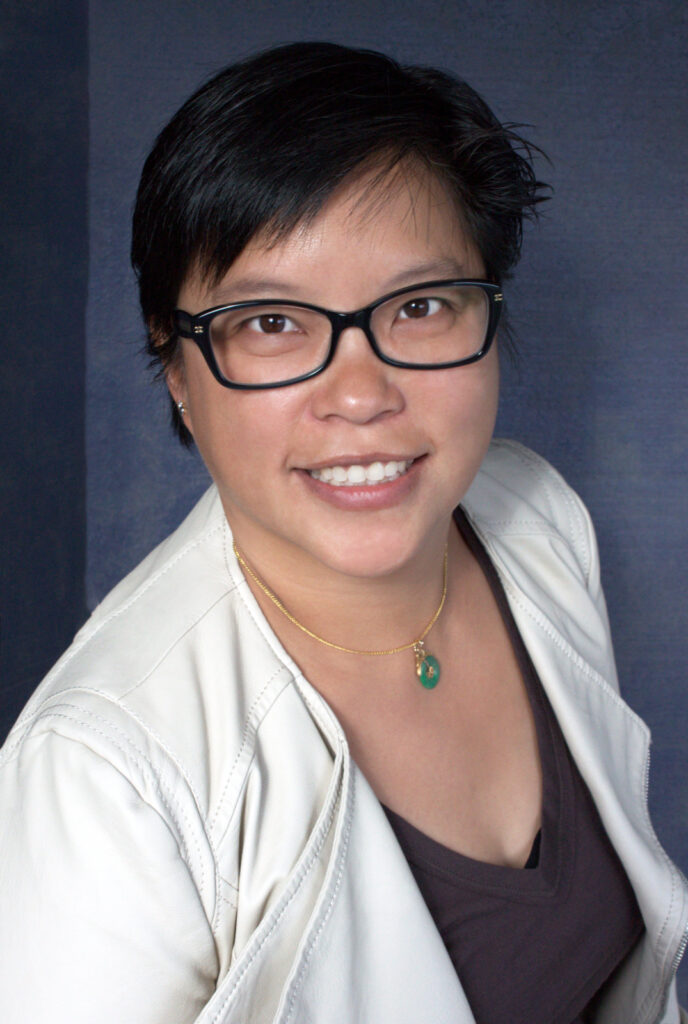
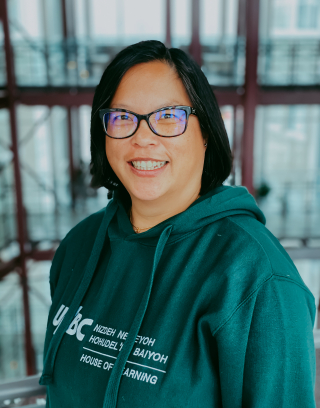
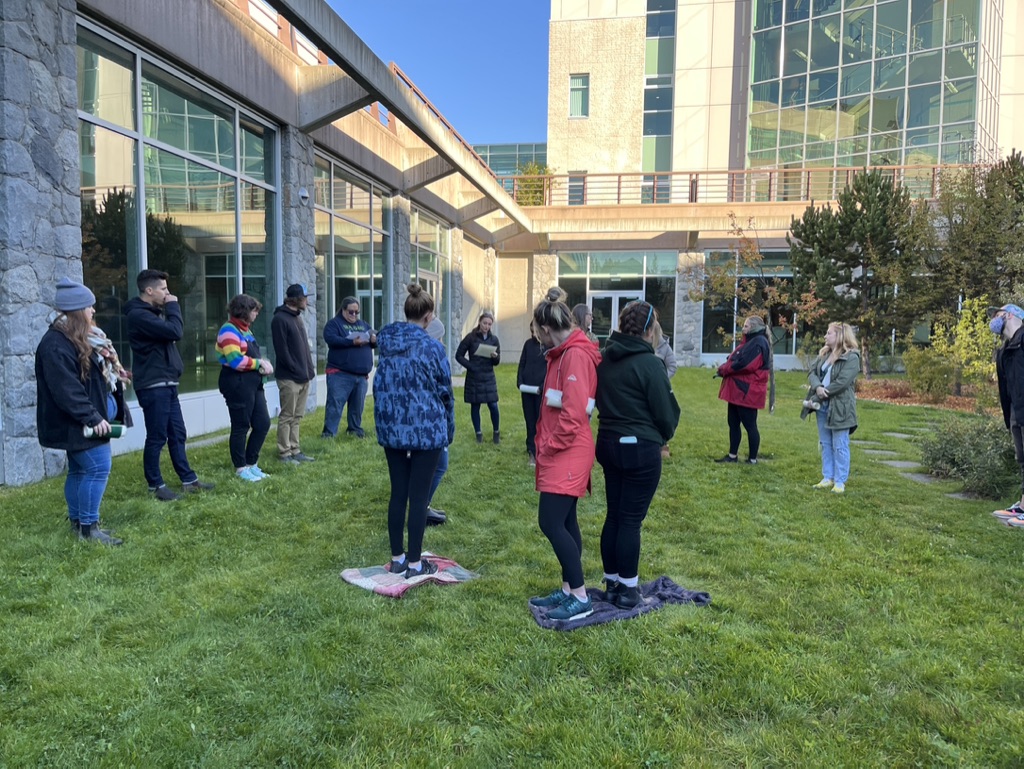
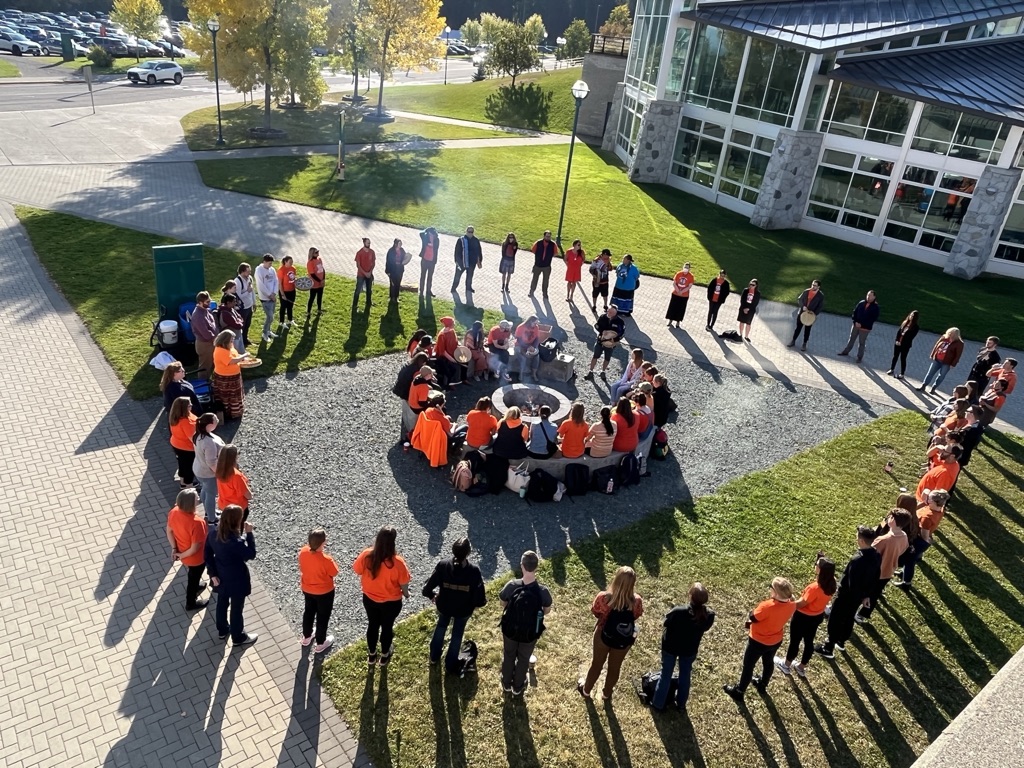
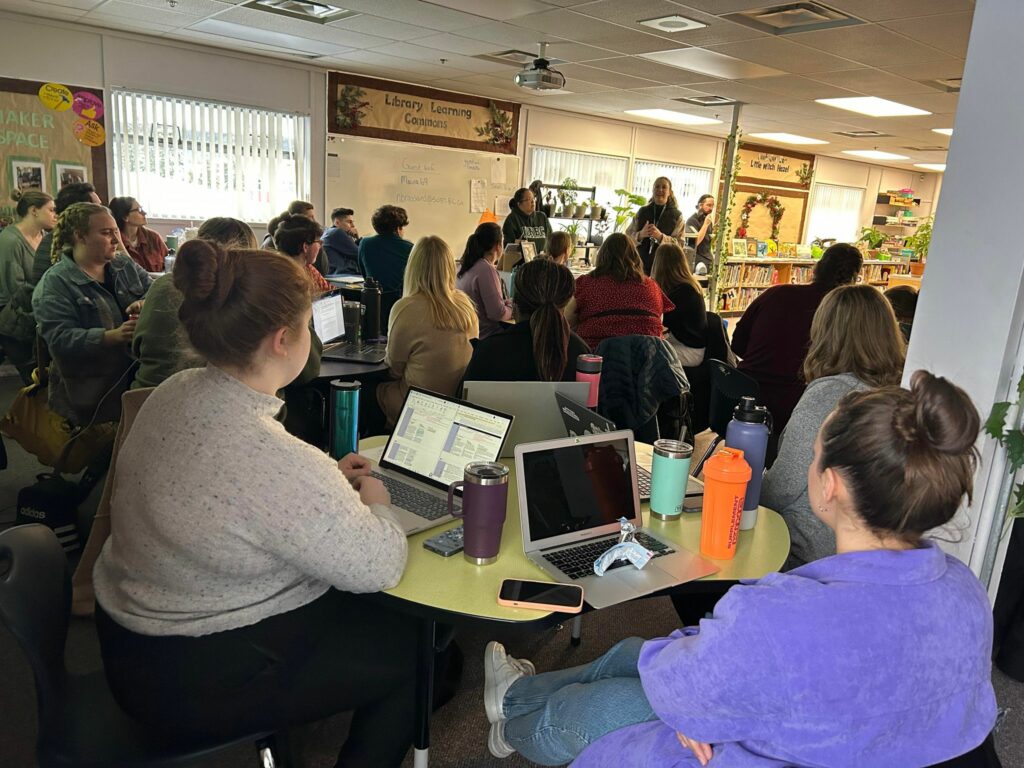
Leave a Reply